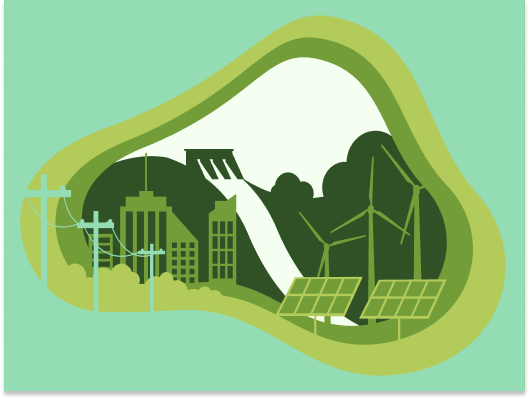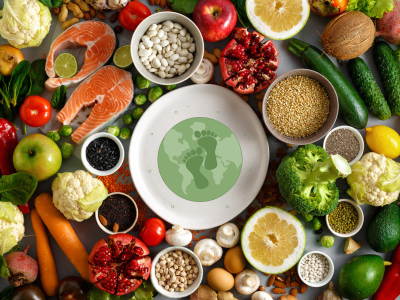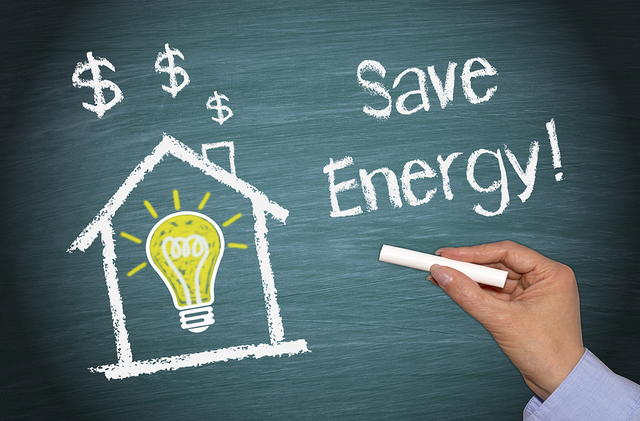By endorsing the 2030 Agenda for Sustainable Development in 2015, all member states of the United Nations agreed on a joint plan of action to bring about global sustainability in the form of lasting peace and prosperity. The 17 Sustainable Development Goals (SDGs) are at the heart of this global partnership, and they represent an urgent call to action from all countries, developed and developing. They see the connection between bettering health and education, reducing inequality, boosting economic growth, halting and reversing climate change, and protecting the world’s oceans and forests.
For many years, UN member states and the UN’s Department of Economic and Social Affairs worked together to develop the SDGs.
At the Earth Summit in June 1992 in Rio de Janeiro, Brazil, more than 178 countries endorsed Agenda 21. The goal of this strategy was to form a global alliance for sustainable development that would help people everywhere and keep the planet healthy at the same time.
At the Millennium Summit, held in September 2000 at the United Nations Headquarters in New York, the member states unanimously voted to accept the Millennium Declaration. Eight Millennium Development Goals (MDGs) were established as a result of the summit to end global poverty by 2015.
The Johannesburg Declaration on Sustainable Development and the Plan of Implementation was adopted at the 2002 World Summit on Sustainable Development in South Africa. These documents reaffirmed the global community’s commitment to ending poverty and protecting the environment, expanded on Agenda 21 and the Millennium Declaration, and emphasised multilateral partnerships.
At the United Nations Conference on Sustainable Development (Rio+20) in June 2012, in Rio de Janeiro, Brazil, the Member States of the United Nations adopted the outcome document “The Future We Want.” In this document, the United Nations High-level Political Forum on Sustainable Development was established, and work on a new set of Sustainable Development Goals (SDGs) to succeed the Millennium Development Goals (MDGs) was initiated. Mandates for future programmes of work in development financing, small island developing states, and more were included in the Rio +20 conclusion as other measures to implement sustainable development.
The UN General Assembly established the Open Working Group in 2013 to draft a SDG proposal. As a whole, there are 30 people in this group.
In January 2015, the UN General Assembly began debating and negotiating the post-2015 development agenda. The 17 SDGs were adopted as the basis of the 2030 Agenda for Sustainable Development at the United Nations Sustainable Development Summit in September 2015.
The 2030 Agenda for Sustainable Development’s 17 Sustainable Development Goals (SDGs) were approved at the UN Sustainable Development Summit in New York City in September 2015.
Substantive support and capacity-building for the SDGs and related thematic issues like water, energy, climate, oceans, urbanisation, transport, science and technology, the Global Sustainable Development Report (GSDR), partnerships, and Small Island Developing States are currently provided by the United Nations Department of Economic and Social Affairs Division for Sustainable Development Goals (DSDG). Advocacy and communication for the SDGs and a review of the 2030 Agenda’s implementation across the United Nations system are the main focuses of DSDG’s work. Widespread support for the SDGs expressed as a firm commitment to implement them by all relevant parties, is necessary to turn the 2030 Agenda into a reality. In this way, DSDG intends to facilitate the establishment of such links.

(Image Source: Un.org)
India on SDGs
A large portion of India’s National Development Agenda is reflected in the Sustainable Development Goals, which were developed in large part with input from India (SDGs). India’s progress toward the SDGs is crucial to the world’s success in achieving them. The SDGs aim to improve people’s lives by the year 2030, but with 17 goals, 169 targets, and 306 national indicators, they can be complicated to follow and evaluate.
NITI Aayog has shown the way for other countries by publishing the SDG India Index – Baseline Report 2018, which details how India plans to evaluate progress toward the SDGs. The NITI Aayog has published the Sustainable Development Goals (SDG) India Index Baseline Report, which details the efforts of the Indian federal and state governments to date in achieving the 2030 SDG goals.
The SDG India Index has been developed by NITI Aayog, and it measures progress toward 13 of the 17 SDGs (leaving out Goals 12, 13, 14 and 17). All of India’s states and union territories are measured on 62 national indicators that reflect the success or failure of government programmes and initiatives. The Sustainable Development Goals (SDG) India Index is meant to give a complete picture of the country and its States and UTs in terms of their social, economic, and environmental well-being.
It is important to have a unified metric that can be used by policymakers, businesses, civil society organisations, and the general public, and the SDG India Index fits that bill. It was created to aid in the evaluation of the social, economic, and environmental impacts of India’s various state and union territory governments and to provide a comprehensive assessment of the performance of all such governments. Its purpose is to track India’s and its states’ efforts to achieve the 2030 Sustainable Development Goals.
You can learn about data points for each sustainability goal also on our YouTube Channel Playlist ‘Understanding Sustainability Development Goal.’
Think about this:
According to a new report from March 2022, India has fallen from 117th to 120th place on the 17 Sustainable Development Goals adopted as part of the 2030 agenda by 192 UN member states in 2015. India is now ranked lower than every other south Asian country except Pakistan (currently ranked 129) Among the South Asian nations, Bhutan ranks 75th, Sri Lanka 87th, Nepal 96th, and Bangladesh 109th. Overall, India scored 66 out of a possible 100 points on the Sustainable Development Goals (SDG).




